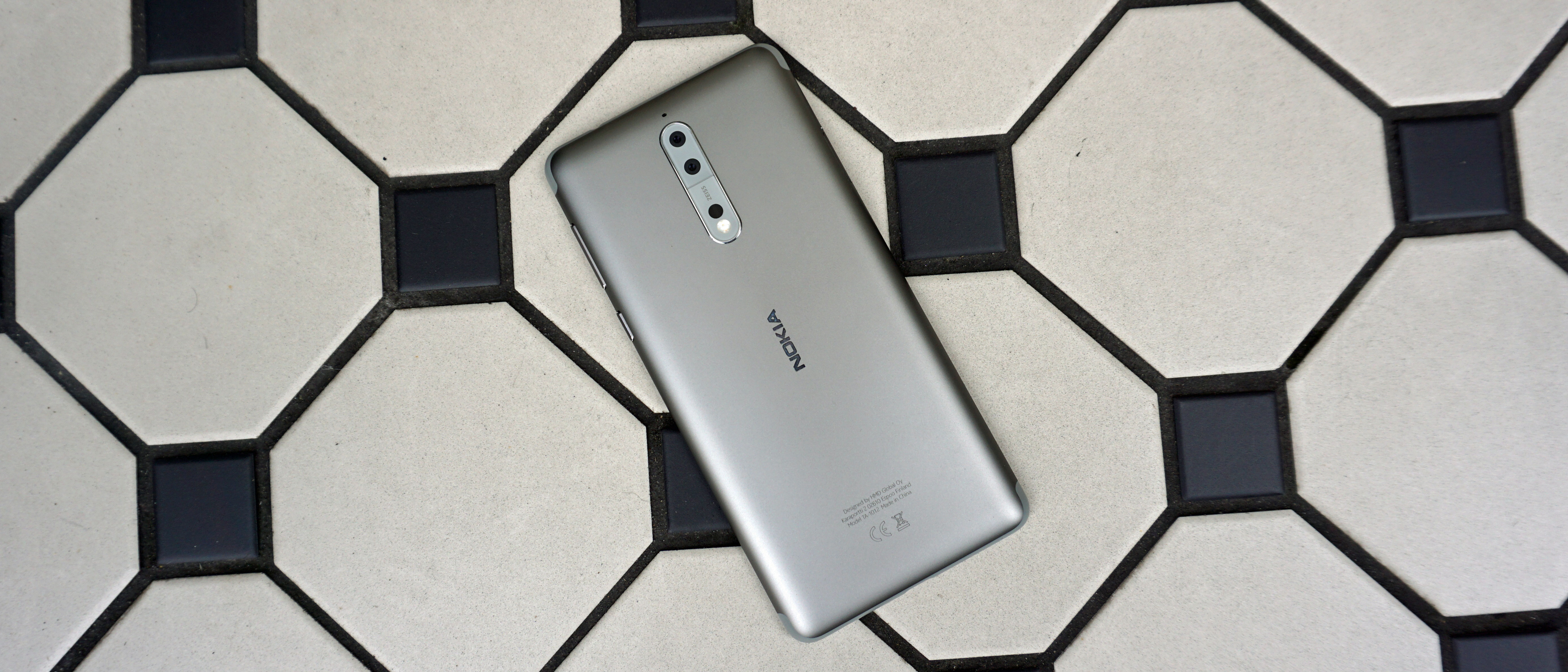Why you can trust TechRadar
Battery
- Acceptable battery life, but the 3,090mAh cell won't blow you away
- Quick Charge 3.0 enabled so you can boost your device quickly
The battery in the Noka 8 is a relatively modest 3,090mAh unit, so we initially thought it might struggle to power a QHD screen as well as driving top-end performance, but the phone does quite well in terms of battery.
We found it would last until the end of the day with medium to intensive usage, so if you’re someone who uses your phone quite a lot you can expect to get through the day before it needs a charge.
While the 3,090mAh cell may sound small for a phone with a 5.3-inch QHD display, the Nokia 8 is running the Qualcomm Snapdragon 835 chipset – more about that on the next page – which is particularly good at handling power.

On top of that, Nokia has included a liquid cooling system that means the phone shouldn’t get too hot and won’t burn out the battery very quickly. Even when running intensive games we found the phone wouldn’t get hot to the touch, and the cooling may be contributing to the decent battery life.
The phone is charged up via the USB-C port at the bottom. There’s also Quick Charge 3.0 at your disposal, which pumps up the cell quickly, but there's no wireless charging option.
It’s a shame Nokia hasn’t included wireless charging, although it’s not a feature we particularly missed, and having fast-charging tech in here is more welcome.
Camera
- Dual rear camera with two 13MP sensors working in tandem
- Selfie camera is also a 13MP sensor and there's a new 'Bothie' mode too
HMD Global wants to highlight the camera tech on this phone – and it's no wonder, as it looks like an impressive setup. Much like most of the major phones in 2017, it has opted for a dual-sensor array that uses two 13MP shooters.
One is an RGB lens and the other is a monochrome shooter, with the images from the two combined to offer improved quality in low light. You can also shoot using just one of the lenses if you wish, but you’ll likely only want to do so with the monochrome lens, as it allows for true filter-free black and white shots.

The images from the Nokia 8 don’t compare to those you’d get out of the Galaxy S8 or the iPhone 7 Plus. Compared to images taken on those phones, the shots didn’t appear crisp enough, and it’s unclear what’s really missing here.
Images lose much of their sharpness in poor lighting, which is something the dual-lens setup should be particularly good at. In good lighting, though, the Nokia 8 performs well, capturing some super sharp-shots.
There’s also a 13MP front-facing camera that should give you some nice sharp selfies, which is good for when you’re using the new Bothie mode.
We hate the name ‘Bothie’, but the idea itself is an interesting one, allowing you both capture a photo and your reaction to what you’re seeing. It’s a limited use-case scenario, but it means that if you want to be included in a photo with others you won’t need to try and shoot it with your arm extended.

Bothie isn’t anything new though – it’s a feature we’ve seen on a few other Android phones, and it’s unclear why Nokia is pushing it so hard in its marketing.
What is new to the Nokia 8 is the ability to livestream directly to Facebook and YouTube from within the camera interface. It means you can just boot up the camera app,connect it to your social media accounts and start streaming right away.

Again, though, this is something you can do through the Facebook and YouTube apps, so it’s unclear why this is such a big push for Nokia. Sure, you can do it through the phone’s own camera UI, but that’s not a huge selling point.
While the camera hardware is mostly pretty good, the same can’t be said of the interface; it’s awful, and makes finding particular features a complicated affair. For example, if you want to use just the monochrome lens to shoot video you’ll need to go back to the still photo mode to switch lenses and then head back into video mode again.
A software update may be able to solve this problem, but right now there are sufficient issues that you may want to download a third-party app for using the camera on the Nokia 8.

For shooting video there's also OZO Audio included, which uses similar tech to the professional OZO virtual reality camera. It uses three microphones alongside Nokia's own algorithms, which should allow it to capture immersive 360-degree sound when recording video.
We’ve yet to really notice a difference in the sound when playing back video though, and we can’t say it’s a particular highlight of the phone.
Camera samples
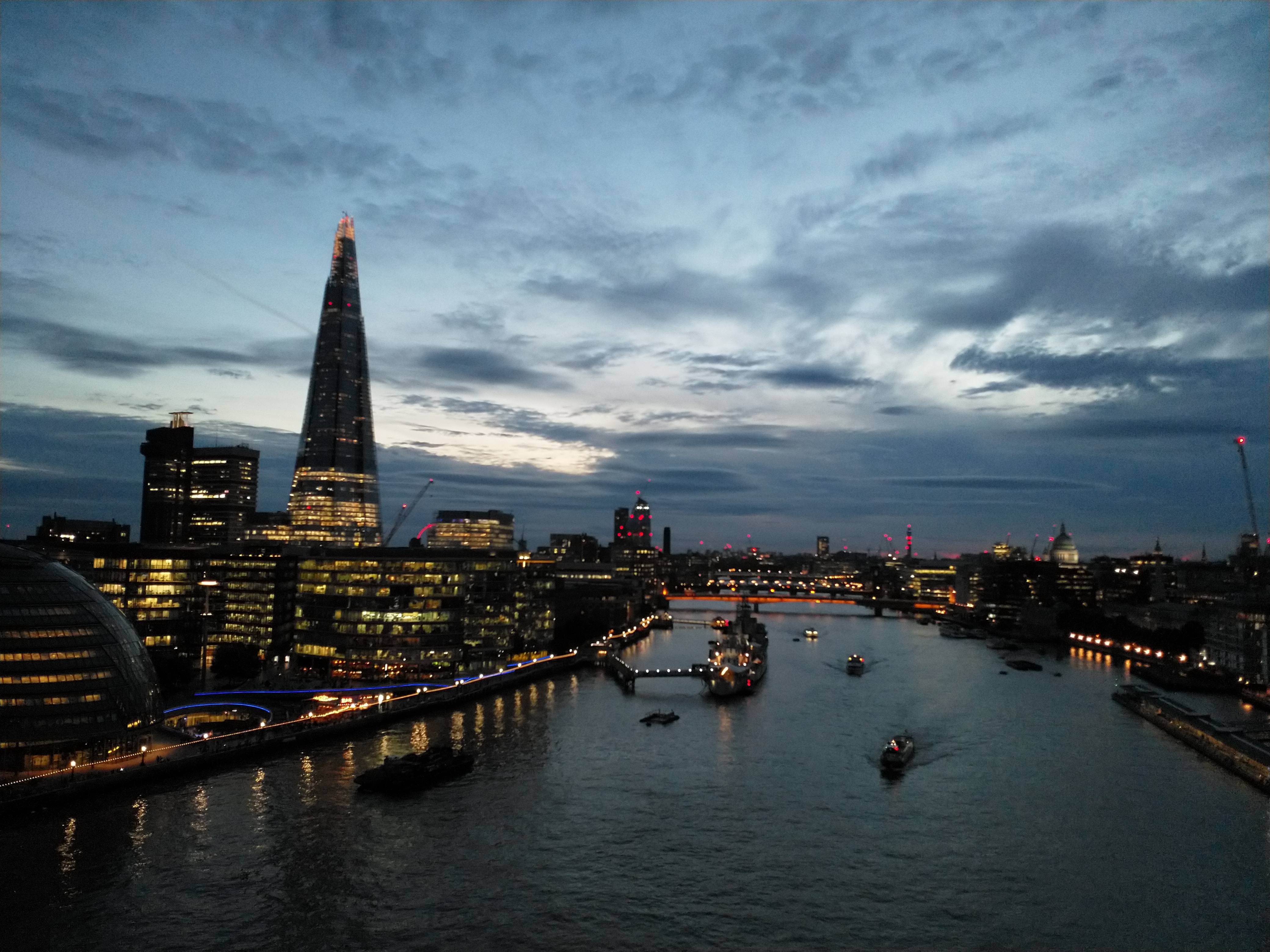
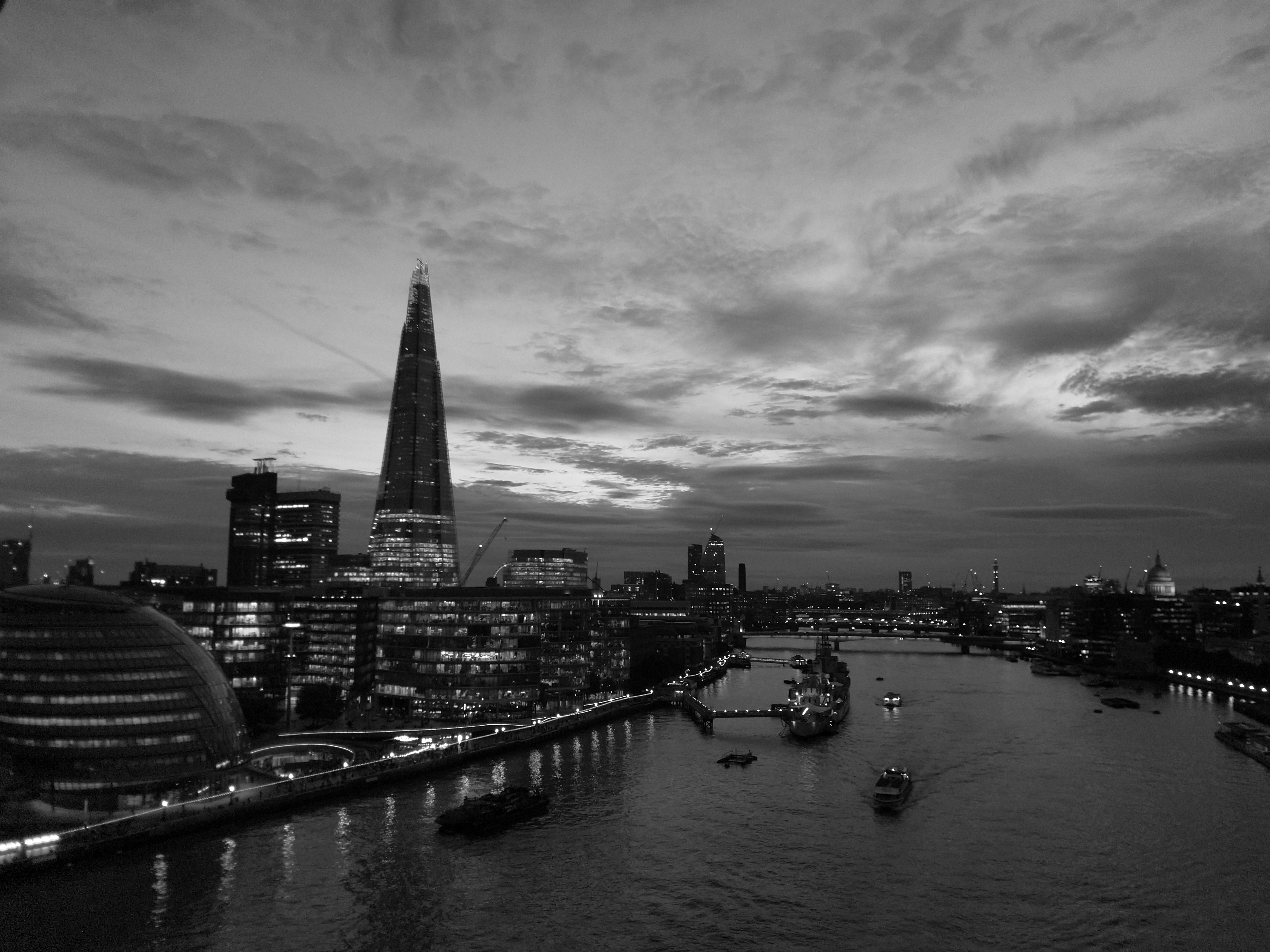
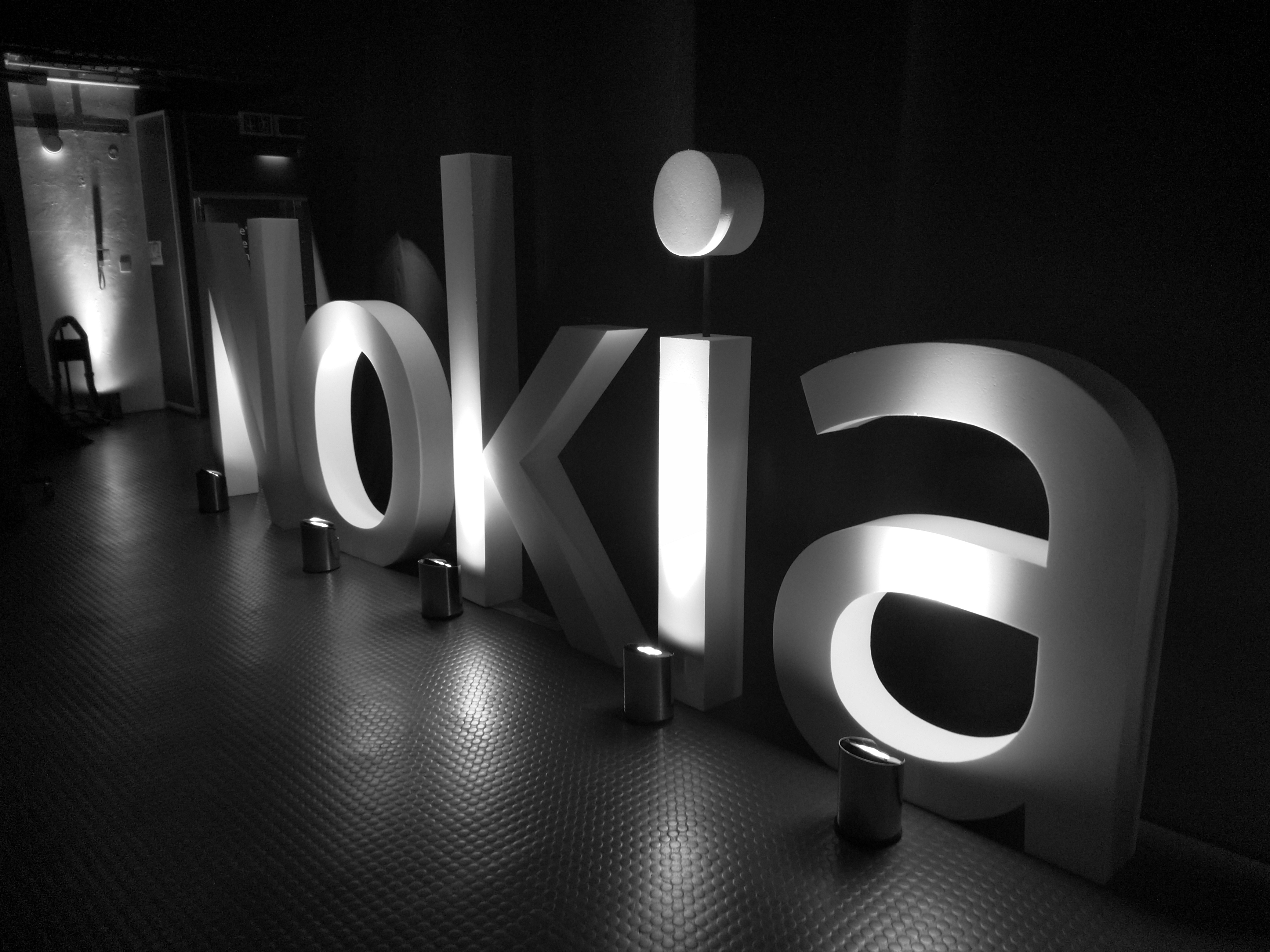


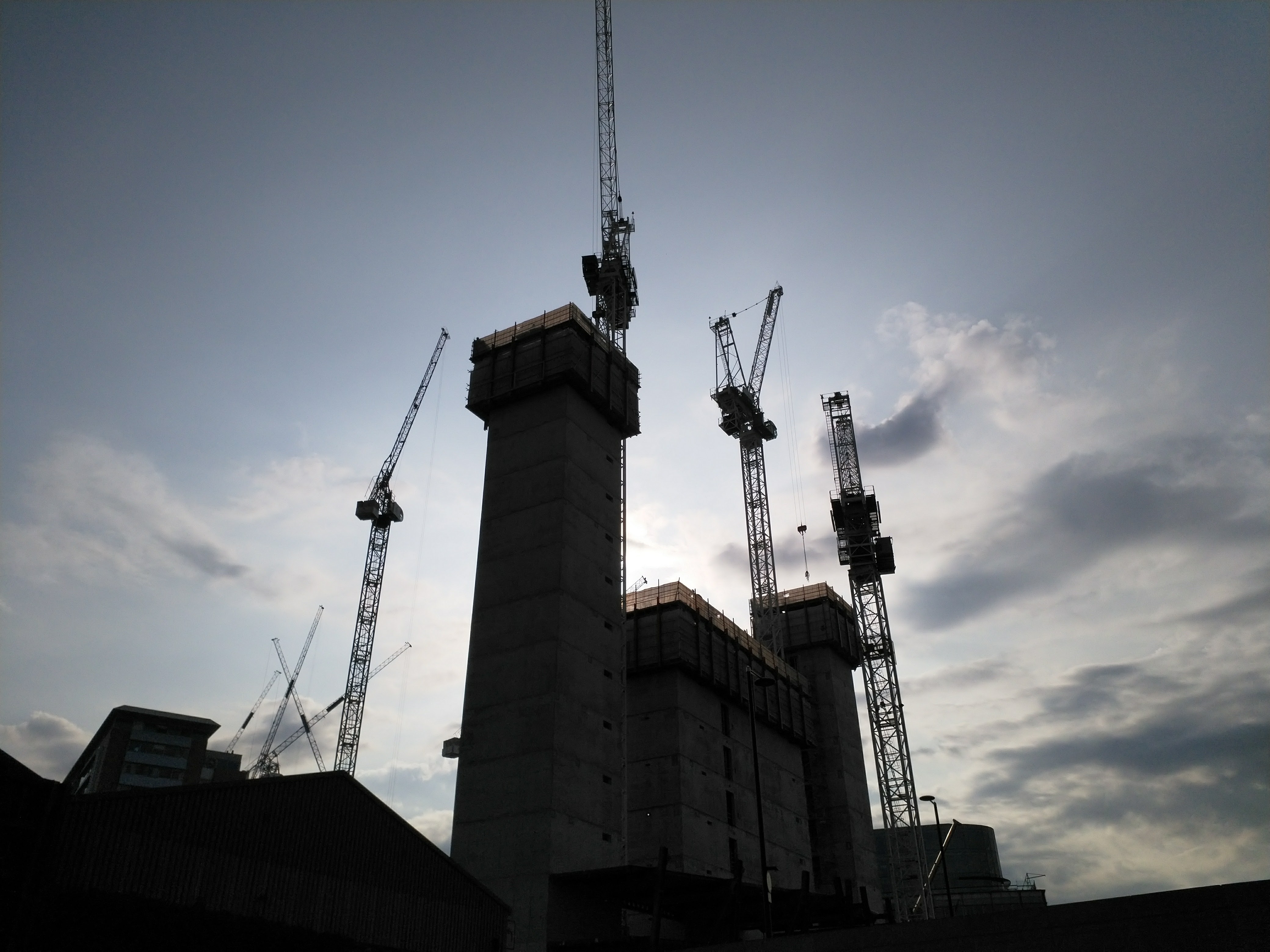
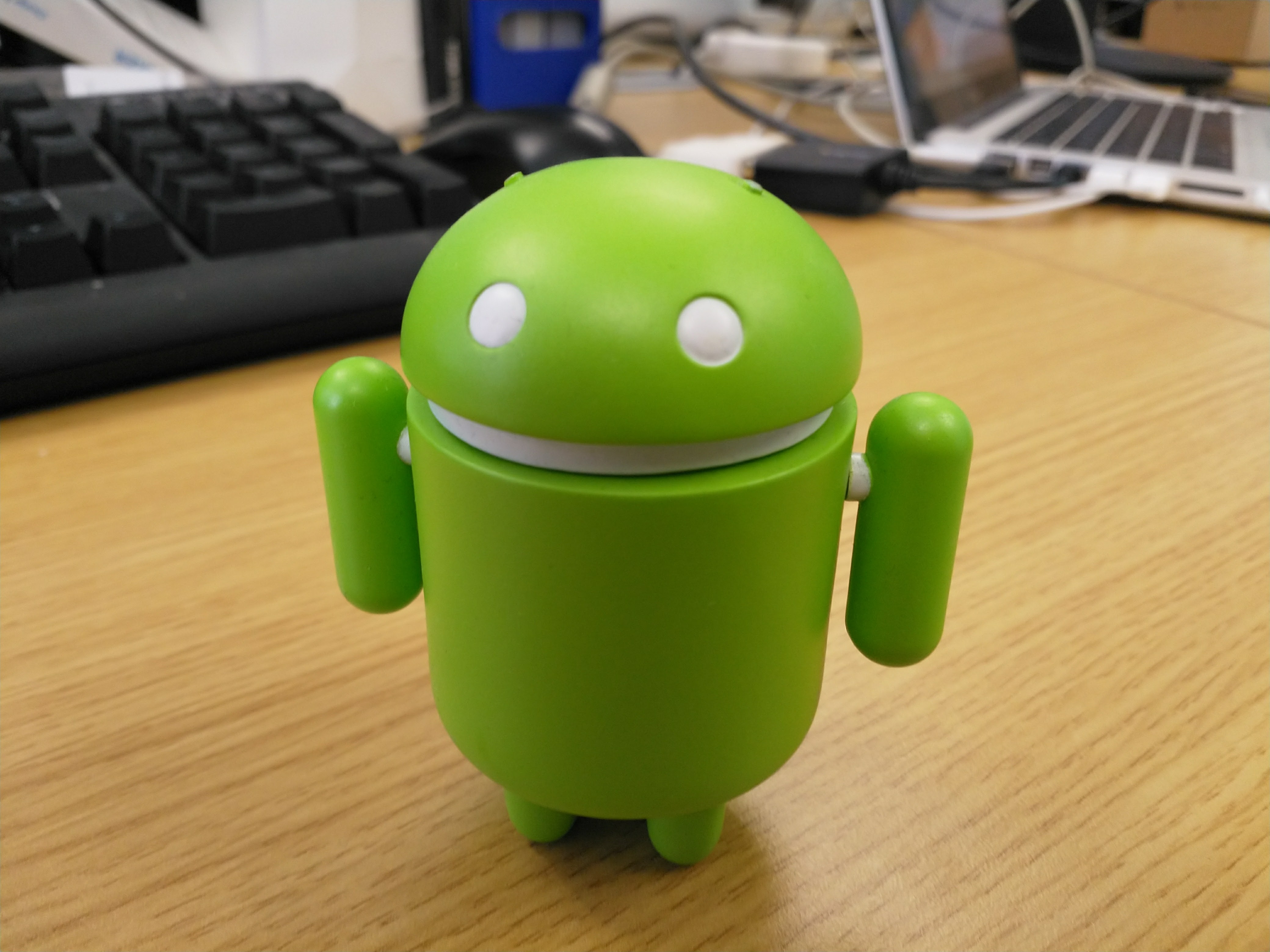
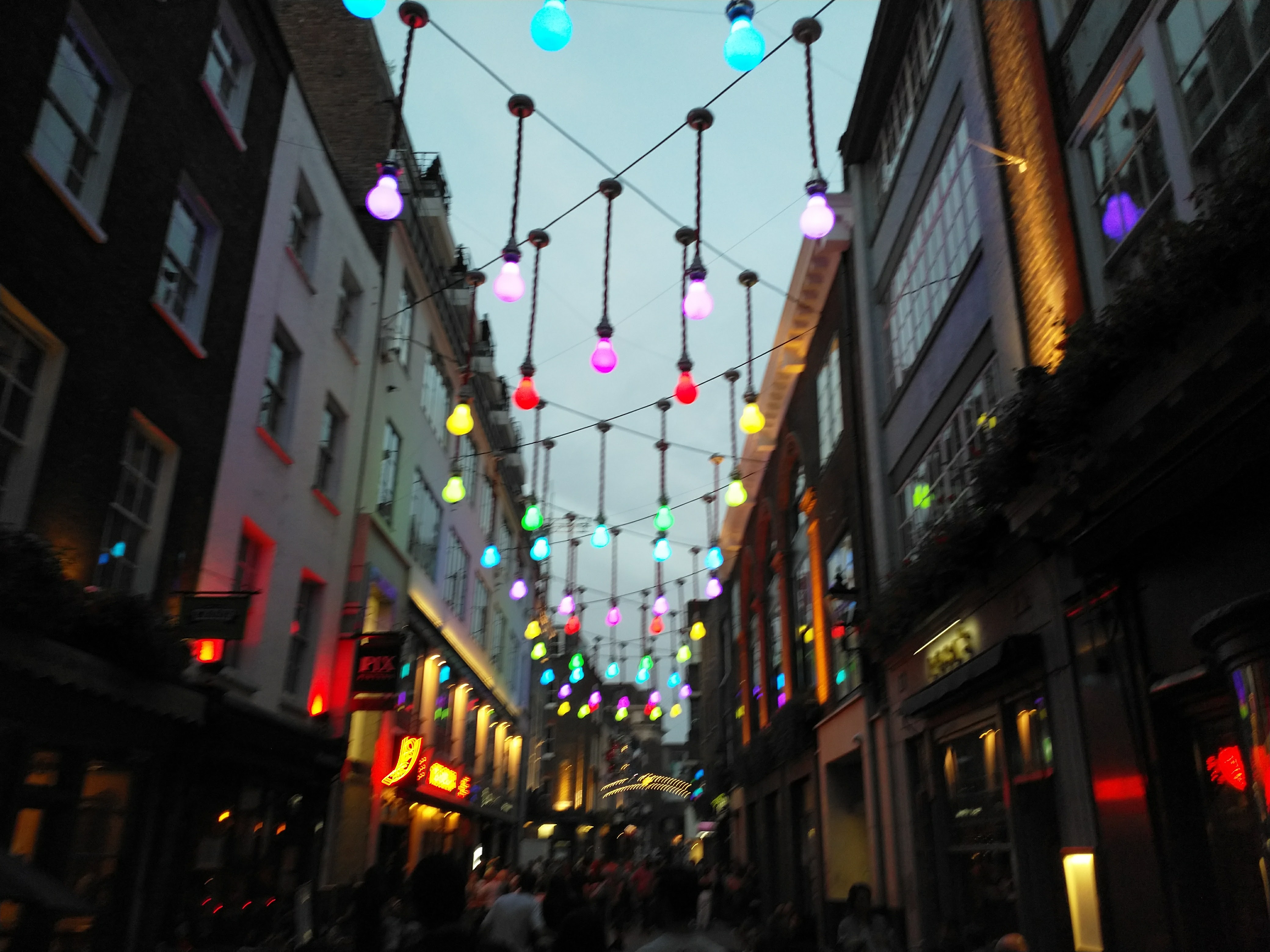
Current page: Battery and camera
Prev Page Introduction, price and design Next Page Anything else I need to know?James is the Editor-in-Chief at Android Police. Previously, he was Senior Phones Editor for TechRadar, and he has covered smartphones and the mobile space for the best part of a decade bringing you news on all the big announcements from top manufacturers making mobile phones and other portable gadgets. James is often testing out and reviewing the latest and greatest mobile phones, smartwatches, tablets, virtual reality headsets, fitness trackers and more. He once fell over.
